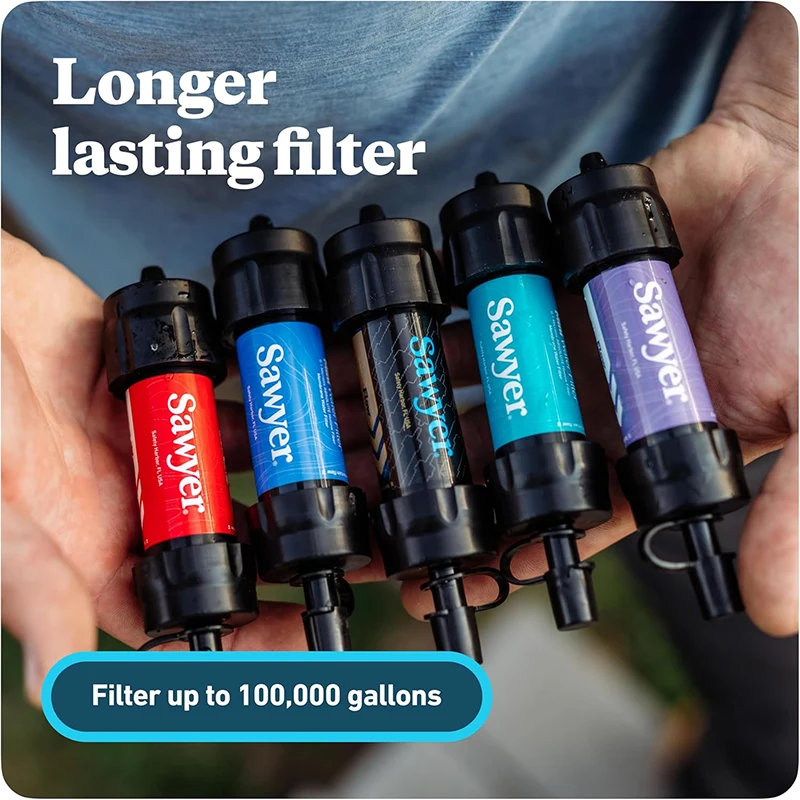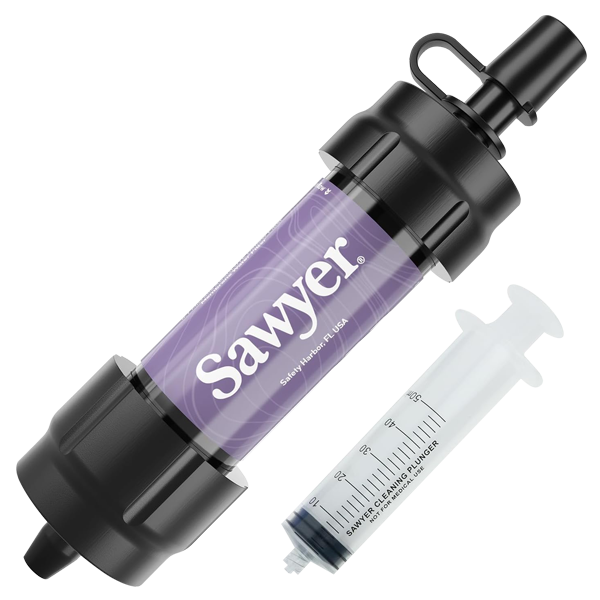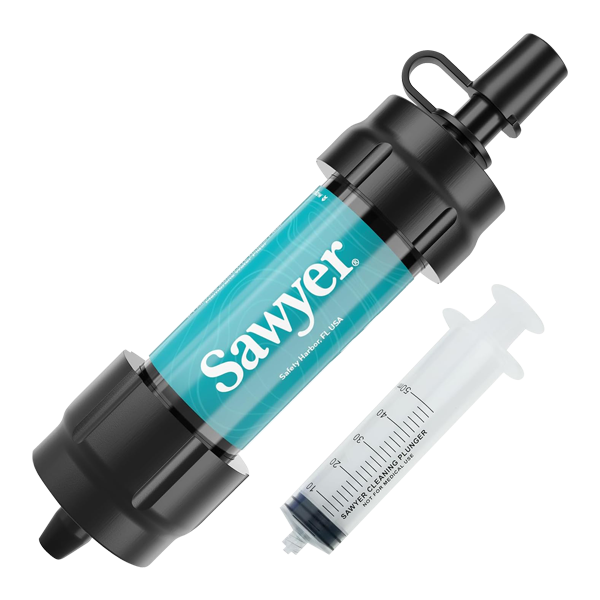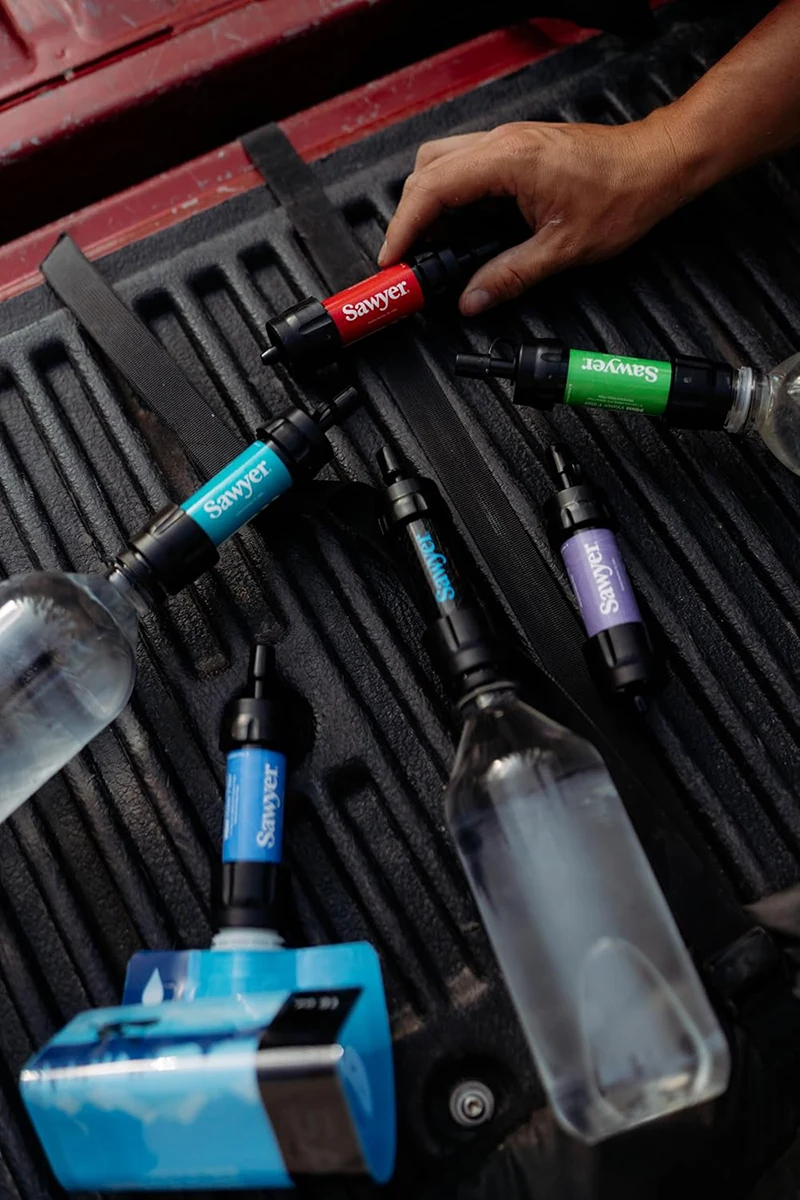

After years on the trail and months of working hiker festivals, here are the top 5 most common issues thru-hikers experience when hiking with a Sawyer Squeeze and how to fix them.
Note: We’re shining a spotlight on the Sawyer Squeeze in this piece, but these tips are applicable to all models of Sawyer water filtration systems.

4 Sawyer Squeeze Hacks for Hikers
If your filter is clogged…
It’s time for a thorough backflushing! With a proper backflush, less than 1% of Sawyer filters ever sold have truly been unrestorable. If you follow the cleaning and storing instructions you will be able to fully enjoy the Sawyer filters for a lifetime.
If your Sawyer pouch keeps bursting…
There's a reason! The Sawyer bags are intentionally rated to burst right before the amount of force being used would damage the integrity of the filter itself. Basically, that means if your bag breaks your filter is due for a good backflush and/or you may simply be squeezing too hard. Thankfully, regular and forceful backflushing restores up to 98% of the original flow rate so you’ll be back in action in no time.

If your washer keeps falling out OR your filter leaks at the intake…
You might be over tightening your filter. The intake side of the screw on filters come with a washer to buffer a snug fit with the dirty water vessel. Thus, over tightening unseats the washer either causing it to jam up into the filter or fall out. With just a reasonable tightening of the filter to the vessel, this will not happen.
If you’re hiking in temperatures below 33º…
Protect your filter! When hiking in freezing temps, tuck your filter into a warm coat pocket or sleeping bag to ensure your filters’ fibers stay safe. There is no threat of freeze damage with an unused filter.
Flying home after your adventures? Be sure to put your filter in your carry-on bag so it stays protected from compromising conditions below the cabin.

Hiker Hack 5: Proper Backflushing and Storage
How often should I backflush? The frequency of cleaning depends on how dirty the water is. With relatively clear water, backflushing may only be necessary every 1,000 gallons whereas with extremely turbid or muddy water, backflushing may be required every 10 gallons. Nevertheless, backflushing is an extremely simple process and takes only a minute.

Backflush to Maintain Flow - The key to a successful backflush is to be forceful. Water follows the path of least resistance, so the more force you can use with the cleaning plunger, the better. A good backflush can restore up to 98% of the original flow rate of your filter.
Step 1 - Remove the cap from the drinking side of the filter.
Step 2 - Fill the cleaning plunger with clean water.
Step 3 - Press it against the drinking side of the filter, opposite the direction of flow.
Step 4 - Forcefully push the water through the filter fibers using the plunger.
Repeat Steps 2 - 4 until the water comes through clear and easily.
If your filter still isn’t flowing… Soak it in hot water (but no hotter than you would stick your finger in) for 2 hours to loosen up any sediment in the fibers before backflushing.
If your water source is mineral-rich… Soak the filter in vinegar for 30 minutes before backflushing with hot water.
Lost your cleaning plunger? Use a cleaning coupling and a plastic bottle for a different way to backflush (no plunger needed)!
Note: While cleaning couplings conveniently double as a gravity filter and backflushing tool, the cleaning plunger is capable of more force and therefore a more thorough backflushing that will result in better restoration of original flow rate.

Storage Techniques
If you’ve stored a dirty filter…
it can usually be salvaged. Soak it in hot water, let it sit for a few days, then forcefully backflush the filter.
Step 1 - Backflush your filter before storing it.
Step 2 - Sanitize the filter element to kill any microorganisms that may remain inside your filter and remove any foul taste or odor on the fibers. To do this, backflush your filter with a diluted bleach solution made using one capful of fragrance free bleach per liter of water.
Step 3 - Allow the filter to dry and store in a temperature-controlled environment, because no one wants a frozen filter.

Bottom Line
We’d love to have you as a returning customer, but we’d rather your gear last you a lifetime.
Use these tips to extend the life of your Sawyer Squeeze like the Water Women in Honduras, many of which have been using the same filter daily to provide clean water for their families for over a decade.
If you’re itching to support our mission and want to decrease your odds of itching this season, check out our Picaridin and Permethrin insect repellents to keep those biting bugs at bay!
Del Escuadrón
Conversaciones de campamento con nuestra comunidad, desde los miembros del escuadrón y los embajadores hasta los socios de marca y el equipo de Sawyer.


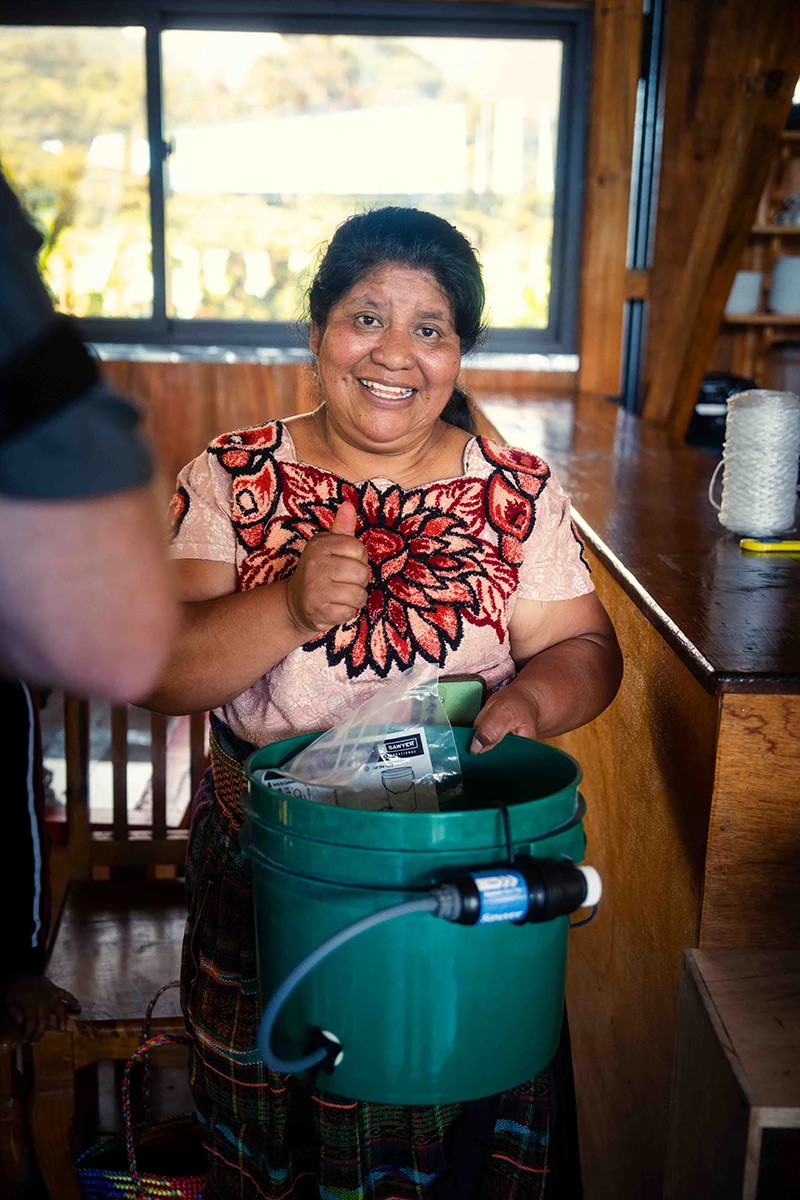
.png)






